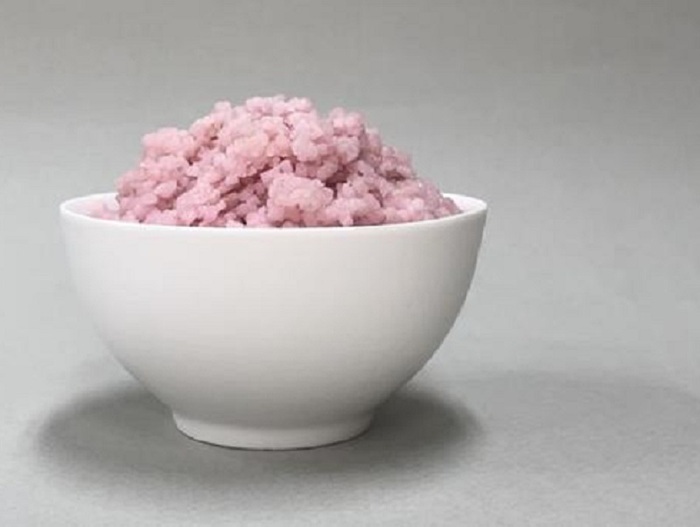The menu of sustainable alternatives to traditional farmed meat is increasingly rich.
In fact, cultivated beef rice comes from Korean research laboratories, a new hybrid food obtained by growing bovine muscle and fat cells on the surface and inside the rice grains.
The result is a protein-enriched food at a lower economic and environmental cost than traditional beef, which could be used to fight malnutrition in the poorest countries, but also as food for soldiers on missions or astronauts in space.
This is indicated by the study published in the journal Matter by the research team led by Yonsei University in Seoul.
To obtain the hybrid rice, the researchers cultivated bovine muscle and fat cells using rice as a scaffold: the advantage is double, because the grains have a porous structure that offers support and also contain molecules that nourish animal cells, promoting its growth.
To facilitate their taking root, the grains have been coated with fish gelatine, a safe and edible ingredient.
After about ten days of culture in the test tube, the hybrid rice is ready.
The researchers steamed it and then subjected it to a series of analyzes typical of the food industry with the aim of evaluating its properties.
The results demonstrate that the hybrid rice, pale pink in colour, has a greater consistency than traditional rice and contains 8% more protein and 7% more fat.
Rice with more muscle cells has a smell reminiscent of beef and almonds, while rice with more fat has hints of butter, cream and coconut oil.
According to estimates by Korean researchers, for every 100 grams of protein produced, hybrid rice emits around 6 kilos of CO2, while beef produces almost 50. If marketed, hybrid rice could cost around 2.23 dollars per kilo compared to 14.88 dollars for beef.
"The novelty of the study lies in cultivating animal cells using rice grains as a skeleton, instead of the usual scaffolds made with soy proteins or nuts", explains geneticist Michele Morgante, from the University of Udine and member of the National Academy of Lynceans.
"This technique, according to Korean researchers, allows cells to grow better and reduces the risk of food allergies."
However, several doubts remain, first of all regarding the correctness of the estimate of the environmental impact, "considering that, as far as emissions of climate-altering gases are concerned, rice cultivation is second only to livestock breeding", underlines Morgante.
It then remains to evaluate the scalability of the technique at industrial levels in order to create a supply chain capable of responding to the global demand for protein foods.
Finally "there is the problem of consumer acceptance, because this hybrid food is neither meat nor rice, but something completely new."
Reproduction reserved © Copyright ANSA

